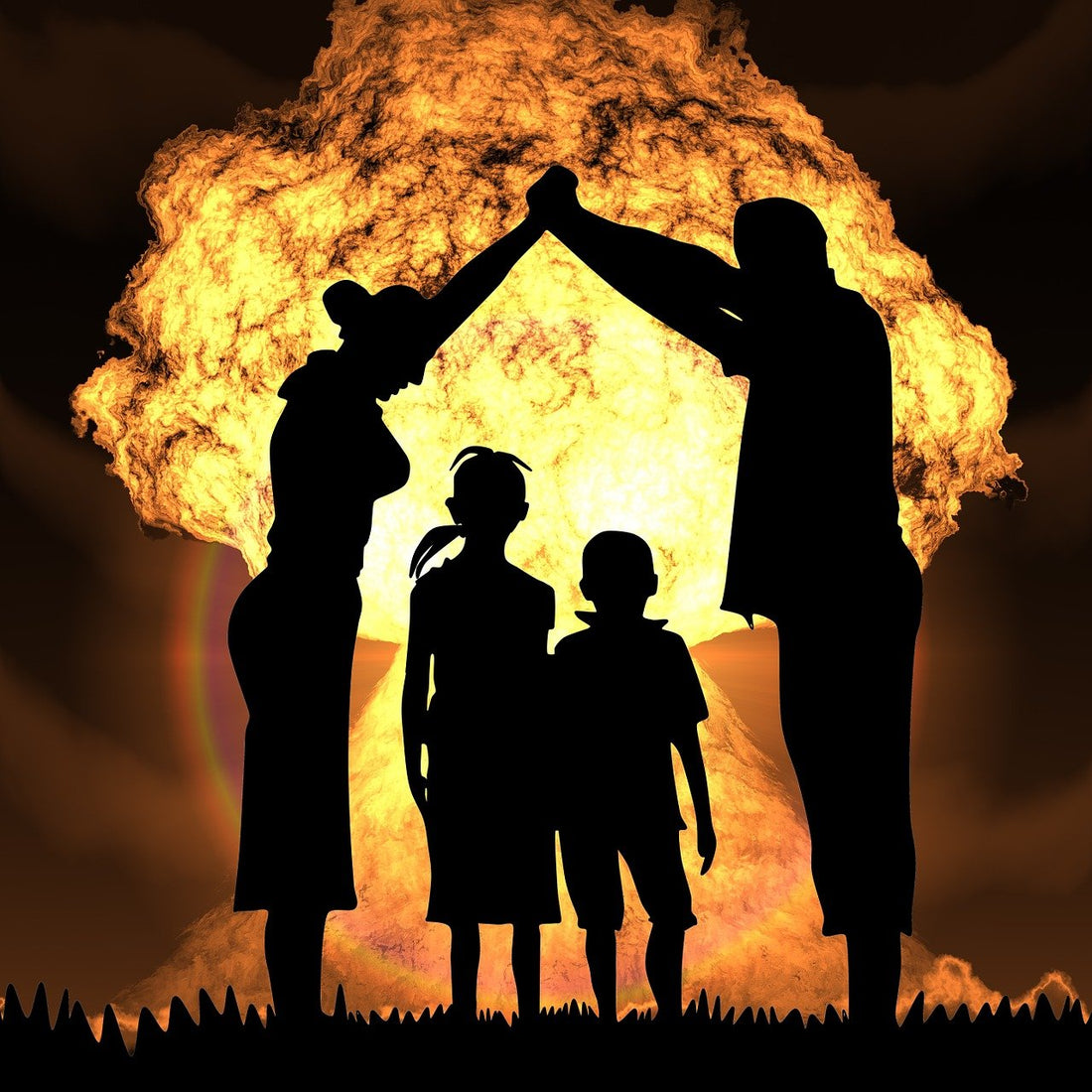
Essential Disaster Preparedness Tips for Families and Communities
Share
Disasters can strike suddenly, leaving families and communities in distress. Being prepared is crucial to ensuring safety and mitigating panic in such situations. This article provides essential tips for preparing for disasters, with an emphasis on creating a solid emergency plan and equipping your household with the necessary supplies. Understanding the importance of having a disaster preparedness kit and a family emergency plan can make all the difference in the face of unexpected disasters.
Understanding the types of natural disasters
Common natural disasters
Before discussing preparedness strategies, it's essential to identify the types of natural disasters likely to affect your area. Common disasters include earthquakes, floods, hurricanes, wildfires, and tornadoes. Understanding the frequency and nature of these disasters in your area allows families to prepare effectively. For example, people living in tornado-prone areas should adopt a different strategy than those living in hurricane-prone coastal regions.
Disaster Risk Assessment
Another key factor in natural disaster preparedness is assessing the risks specific to your area. Consulting local weather reports, historical data, and local alerts can give you insight into the types of disasters common in your area. Additionally, communicating with your neighbors and utilizing local warning systems allows for better collective preparedness and strengthens families' sense of security.
Creating an emergency plan
Essential elements of an emergency plan
Communication Strategy: Establish a family communication plan detailing how to communicate before, during, and after a disaster.
Evacuation Routes: Identify several emergency exits and practice following them so everyone knows where to go in an emergency.
Gathering Points: Choose a location outside your home where family members can gather after an evacuation, making it easier to share information.
Document the various elements of your emergency plan and distribute copies to all family members. Regular drills ensure everyone is aware of the plan and can act quickly if necessary.
Get everyone involved
Make sure every family member knows their role in a disaster, from the youngest to the oldest. Involving children can teach them about safety and responsibility. Plan fun activities to practice your plan and discuss scenarios so everyone understands what to do in different situations.
Building your emergency kit
What you need to include in your kit
A well-stocked emergency kit is essential to protect your family in the event of a crisis. Your kit should contain essential items, such as:
Non-perishable food (canned goods, energy bars)
Water (4.5 liters per person per day for at least three days)
First aid equipment (dressings, antiseptics, medications)
Flashlights and batteries
Battery or hand-cranked radio
Whistle to signal emergency services
Dust masks to filter contaminated air
Multi-tool or Swiss Army knife
Personal hygiene items
Important family documents (insurance, identity papers)
Your survival kit should be easily accessible, and you should regularly check its contents to ensure it's up-to-date and functional. An emergency kit can make the difference between chaos and calm during a natural disaster.
Preparation for evacuation
In some situations, staying home can be risky. Prepare an evacuation plan that includes alternative transportation and accommodations. Know your family's needs, including those of pets, and make sure your vehicle is ready with gas and a spare tire. Keep important documents in a waterproof container for easy access in case of a quick escape.
Foster community engagement
The Role of the Community in Disaster Preparedness
Being part of a supportive community can significantly improve disaster preparedness. Share your emergency plans with your neighbors and participate in local organizations dedicated to safety and disaster preparedness. Attending community meetings and collaborating with emergency services helps raise awareness and activate resources in the event of a crisis.
Community Resources and Training
Take advantage of local resources. Many communities offer emergency preparedness classes or training sessions led by firefighters or the Red Cross. Be proactive by attending these classes, as they can help you develop skills in first aid, CPR, and general disaster response protocols.
Surveillance and information
Use of technologies for preparation
Stay informed about natural disasters and emergency alerts through local media, weather apps, and social media. Many areas also have community alert systems that send instant notifications in the event of an emergency. Make it a habit to regularly check for updates in the event of severe weather or events that could cause natural disasters.
Emergency Contacts and Resources
Compile a list of emergency contacts, including family, close friends, and local authorities.
Emergency services. Make sure your family knows who to contact in different situations. This strategy reduces stress and confusion in the event of a disaster. Don't forget to include contact information for local shelters and hospitals, if necessary.
Conclusion: Preparing today for a safer tomorrow
Being proactive today by understanding disaster risks, creating a comprehensive emergency plan, equipping your home with a reliable emergency kit, and engaging with your community can save lives and minimize chaos during natural disasters. For families, being prepared means keeping loved ones safe and preserving peace of mind in times of crisis. Regularly reviewing and updating your plans and supplies will ensure you're prepared for all eventualities and face emergencies with courage rather than fear. To learn more about essential equipment, check out our 60-hour emergency candles and other preparedness articles.
Frequently Asked Questions (FAQ)
What should I include in my first aid kit?
Your emergency kit should contain non-perishable food, water, a first aid kit, a flashlight, batteries, hygiene items, and essential documentation, among other important supplies.
How can my family stay informed about potential natural disasters?
Use local news channels, weather apps, and community alert systems to stay informed about potential natural disasters. Check these sources regularly, especially during extreme weather conditions.
What role does the community play in disaster preparedness?
The community plays a crucial role in disaster preparedness by providing resources, support, and training. Engaging with local organizations and participating in preparedness initiatives strengthens community safety and resilience.
